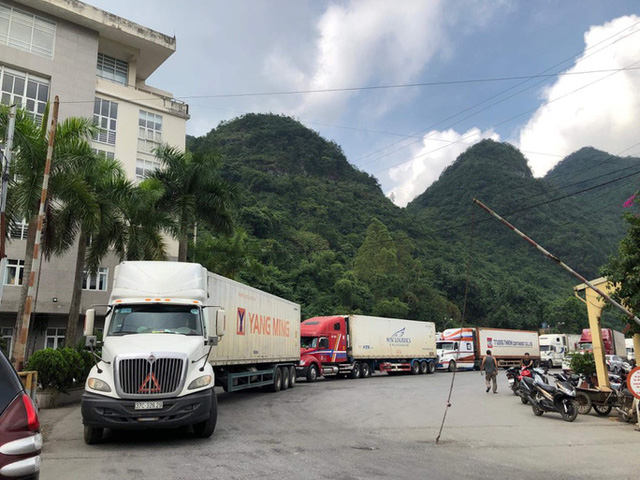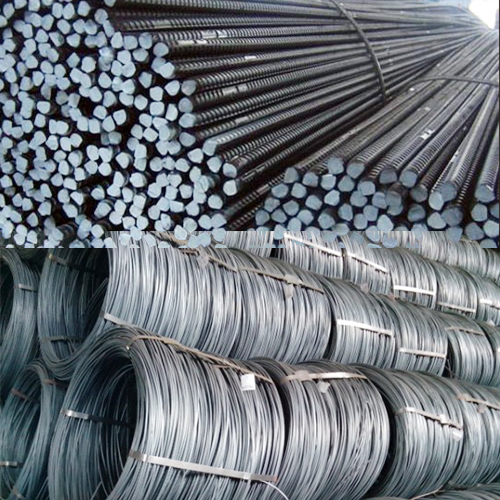When the world has not yet recovered from previous supply chain crises, a disaster has just struck, threatening shipping activities.
Supply chain woes because of an outbreak
When the Covid-19 pandemic broke out on a global scale in 2020, it led to a severe container crisis. After that, the giant super ship ran aground, blocking the Suez Canal, continuing to make the global supply chain reel. Now, businesses and consumers are facing another transportation crisis. When the Covid-19 outbreak hit southern China, it paralyzed lifeline seaports, disrupted shipping services, delayed deliveries and inflated prices.
Currently, China’s Guangdong province is facing a sudden outbreak of the Covid-19 epidemic. Local authorities have closed many places, forcing businesses to stop operating to limit the speed of the virus’s spread.
This is causing mass disruptions at major Chinese ports, according to analysts and shipping industry insiders. Transport costs, which are already high, will be further pushed up by the sudden lengthening of waiting times at the terminal.

The disruption in Shenzhen and Guangzhou is particularly large. Disruption in either of these two locales alone is enough to impact global supply chains in an unprecedented way,” said Brian Glick, founder and CEO of supply chain integration platform Chain.io , told CNBC. Combined with the existing challenges of the global supply chain, the problem can be worse than imagined.
Guangdong is a major transportation hub, accounting for about 24% of China’s total exports. It is also home to the port of Shenzhen and the port of Guangzhou, the world’s 3rd and 5th largest seaports by container volume.
The Delta variant, first detected in India, appeared in Guangzhou in May. Since then, the number of Covid-19 cases in this locality has skyrocketed to more than 100. Authorities have imposed closures and other restrictions to prevent the virus from spreading. It also limits the handling capacity of ports.
Continuity of calamities
As different regions of the world recovered from the pandemic late last year, the global supply chain faced its first challenge, the container crisis. That caused major disruptions in shipping goods from China to the US and Europe as well as raised prices, putting the burden on businesses and consumers.
Then, one of the world’s largest container ships, the Ever Given, got stuck in the Suez Canal, blocking the vital shipping lane for about a week. About 12% of global trade passes through the canal, where an average of 50 ships pass through each day. The incident caused a global shipping crisis.
“Guangdong province plays an important role in the global supply chain, so I believe there is a risk of disruption. Transport prices will increase further. Transport costs are already at an all-time high and we don’t know where the ceiling is,” said Zhang Zhiwei, chief economist at Pinpoint Asset Management.
Meanwhile, JP Wiggins, vice president of software for transportation, said that North America will be the biggest victim of this crisis because a lot of shipments will not be able to arrive here. Prior to that, the congestion of the Suez Canal had a larger impact on European trade.
At the moment, many small shippers are struggling just because of shipping costs. It has always been maintained at an all-time high, 5-10 times higher than normal. The worst thing is that the price peaks keep breaking without anyone knowing when it will stop. Many analysts even advise shippers to be prepared for prices to double their current levels.
In addition, the disruption of the supply chain by sea can make many businesses unable to bear the delay, switching to the mode of transport by air. This can further increase shipping costs.
When there are problems with ports in Guangdong, nearby seaports can be selected to divert ships and cargo. However, the current congestion situation is unlikely to be significantly improved. Waiting times extended by about 2 weeks appear to be becoming the “new normal”.
Not only in China, the Covid-19 epidemic is also breaking out in many Southeast Asian countries and in India. These factors all contribute to increasing inflationary pressures in other countries. Meanwhile, the solution of transporting goods by road across borders is also not feasible. The tightening of disease prevention measures makes traveling by road not much faster, especially when trucks and goods have to undergo disinfection and other epidemic prevention measures.
By Business and Marketing
T&G International Joint Stock Company
Address: 352 Hue Street, Le Dai Hanh Ward, Hai Ba Trung District, Hanoi
Hotline: 0345786803
Email: hrm@tginterjsc.com
Website: http://tginternationaljsc.com



















